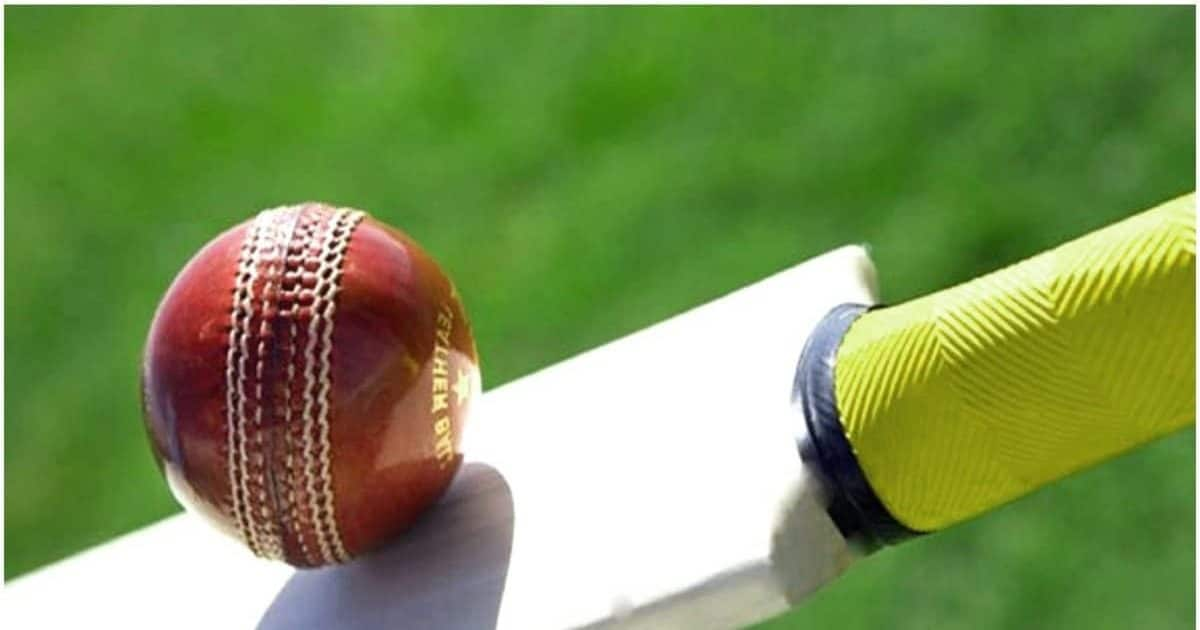[ad_1]
highlights
The number of overs kept decreasing in cricket
Know why the rule of 6 balls in an over was implemented
New Delhi. With the passage of time, there have been many changes in the game of cricket. Although England is considered the birthplace of cricket, but according to some experts, a game similar to cricket was played in France around the 15th century. With the promotion of the game, a need was felt to make rules for it. The first match in the history of Test cricket was played in Melbourne in 1877 between Australia and England. Many people will not be aware that till the year 1889 only four balls were bowled in one over. Under the change made in 1989, the number of balls in the over was increased to five, but people did not like this change.
Actually, after throwing the first two-three balls of the over, by the time the bowler used to get the rhythm, the over was over. Even the batsman could not get enough time to understand the bowling during this period. That is why in the year 1900, the number of balls in an over was reduced to six (6 balls in an over). During this, many countries made a rule of throwing 8 balls in an over, in countries like Australia, South Africa, 8 balls were thrown, but the fans found it boring. England also adopted the system of 8 balls as an experiment for some time, but soon they realized that 6 balls is the best.
In such a situation, England again came down to the rule of 6 balls over. Seeing him, other countries also adopted the six-ball over. In 1978-79, when the ICC saw that all the countries had adopted the 6-ball over, then this rule was made permanent. In this way, after reaching the number of balls in one over of cricket from four, five to eight, it was ‘locked’ at six.
Ideal for both batsman and bowler
The number of six balls in an over can be considered ideal for both the batter and the bowler. After getting the rhythm on the initial one or two balls, the bowler can work on the strategy of dismissing the batsman in this, after throwing six balls, his fatigue is also less than that of 8 balls. Talking from the point of view of the batsman, a six-ball over is helpful for him in terms of judging the line-length of the bowler and making strategy.
,
Tags: Cricket, England Cricket, ICC
FIRST PUBLISHED : June 20, 2023, 21:17 IST
[ad_2]

